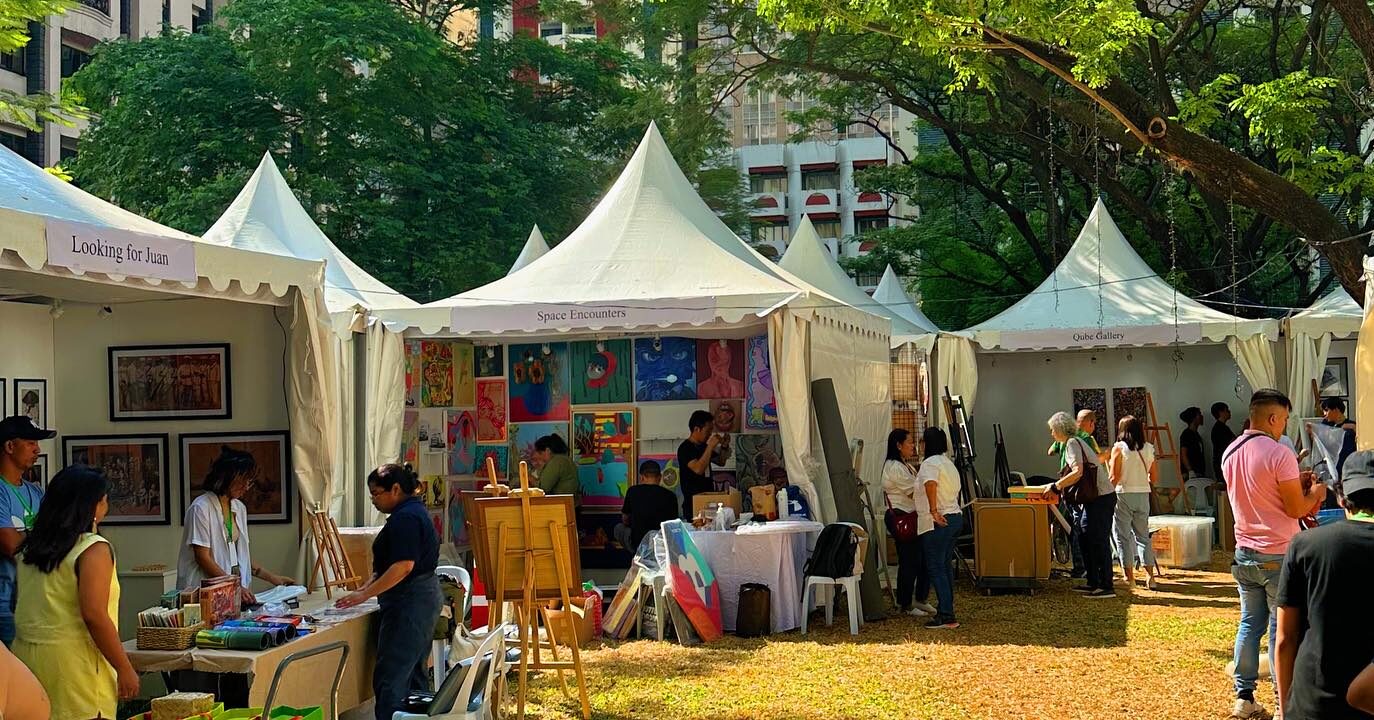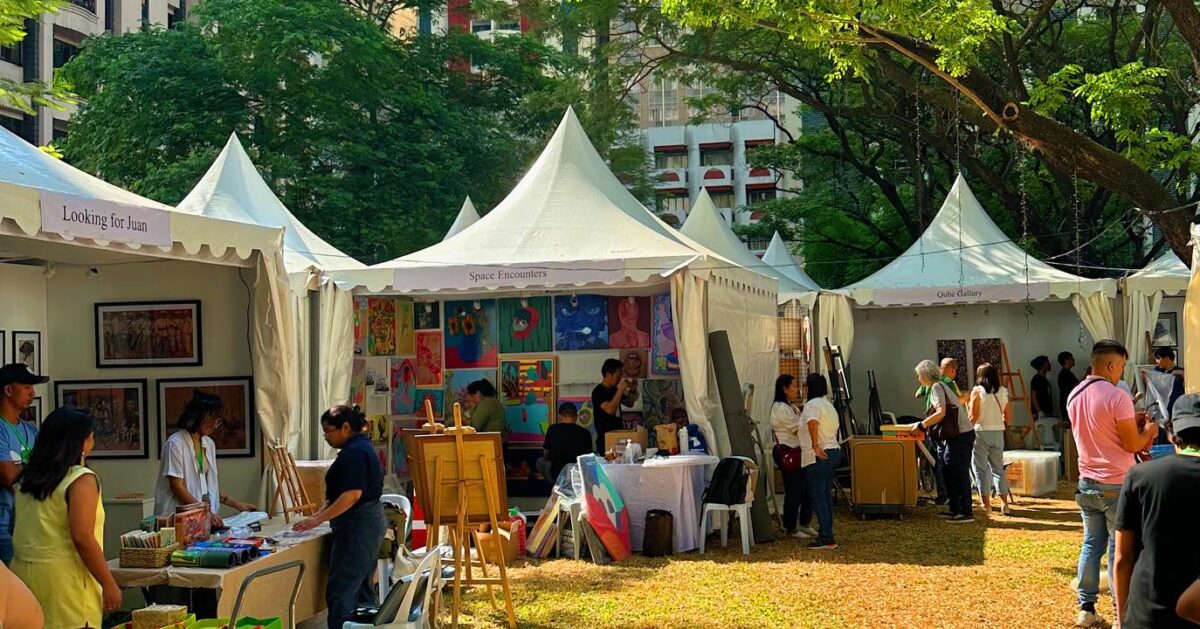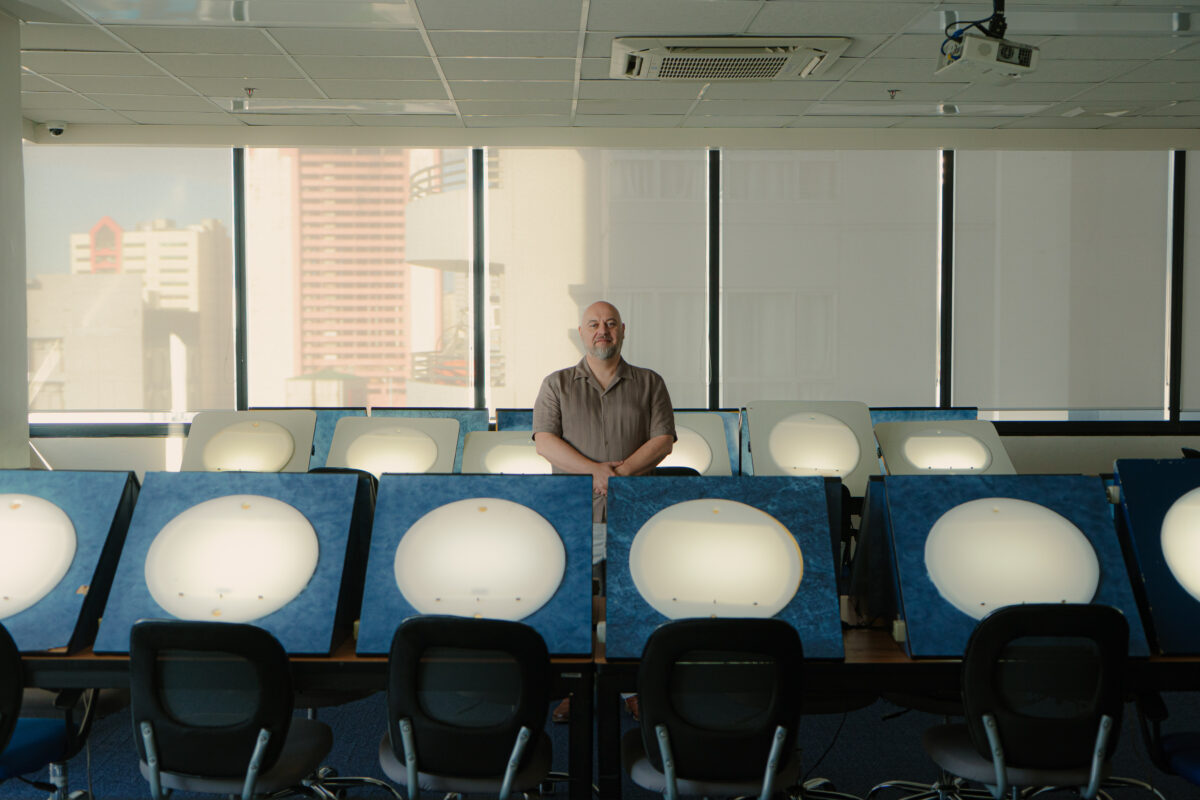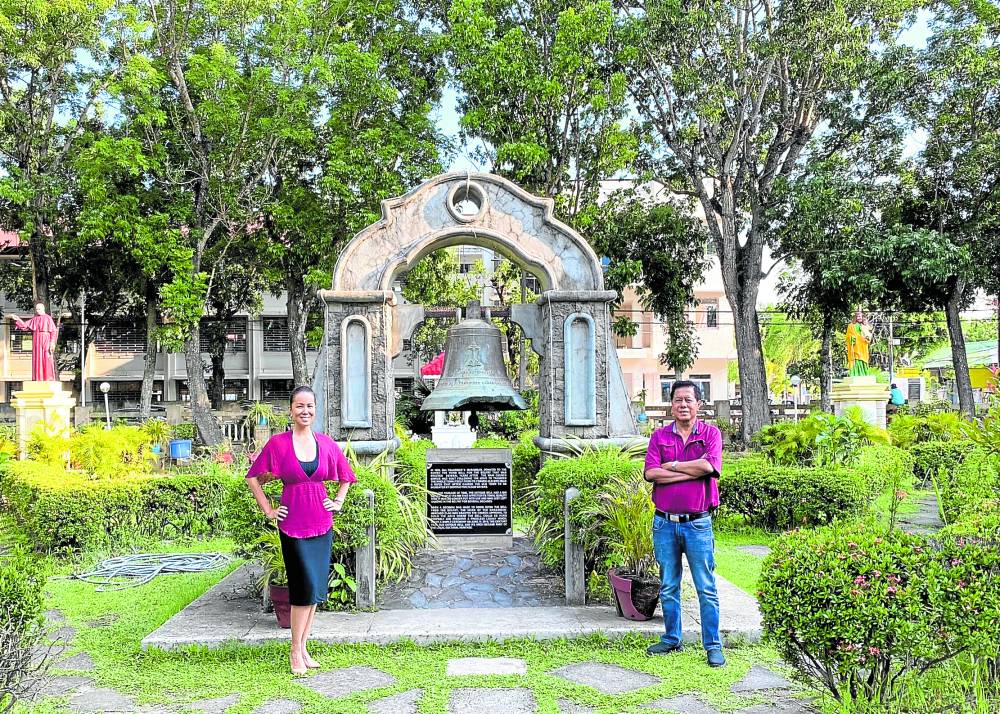
One day in the mid-’70s, Batangueño gentleman farmer and rural banker Horacio Marasigan received a frantic call from former Supreme Court Justice Querube Makalintal. Southeast Asia’s first copper smelting plant was to be built in their hometown, San Juan, Batangas. The semi-government corporation, Philippine Associated Smelting and Refining Corp. (Pasar), had paid for the 250-hectare site and the proposed construction. It was near the scenic shoreline that was abundant with coral reefs.
Marasigan and his son, Zaldy, went door to door in San Juan to educate their townmates about the health and environmental risks of the proposed plant. The older Marasigan formed the Concerned Citizens of San Juan (CCSJ) to spread the word. On Oct. 22, 1977, a local poll declared that nine out of 10 residents had opposed the construction.
Marasigan presented the people’s voice and other documents to then Industry Minister Vicente Paterno. The official said that since there was significant opposition to the project, the government would respect “the true sentiments of the people.” This movement made history because the Filipinos stood their ground on a vital issue in the repressive martial law period, despite government incentives such as more jobs and better roads.
Success story
This success story of the country’s first peaceful environmental activism was often told by Zaldy when tourists visited Bolboc (old name of San Juan) Heritage, an nongovernmental organization that promoted historical and ecotourism, at the Marasigan ancestral home in San Juan.
His daughter, Ciara Marasigan Serumgard, who founded Barako Publishing, is producing the monograph as its debut project, written by historians Kate Lacson, Kara Garilao and Vincent Bernabe. Although the book will be launched next year, Serumgard has been raising awareness about San Juan’s legacy in protecting nature’s heritage.
“We want to share the stories of the people who were part of this movement. The respondents interviewed are old and some have died,” she says, adding that amid the campaign, her grandfather maintained good relationships with everyone, from the grassroots to the government.
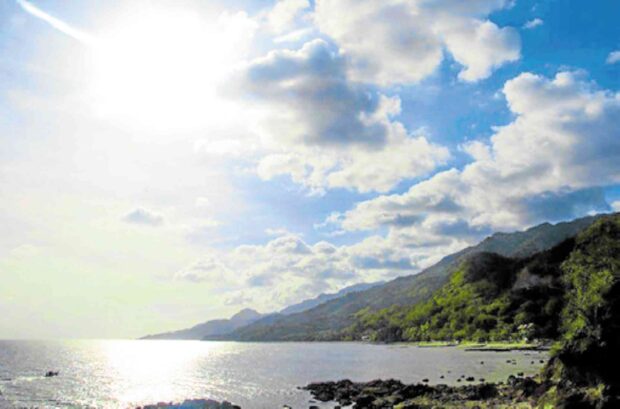
The monograph will discuss the social and geographical precis of San Juan, and put the proposed smelter plant in the context of 20th-century industrialization and how the townsfolk were empowered to peacefully protest the project through education. It will include material from sociologist Dr. Antonio Moran whose masteral thesis, based on interviews with Marasigan and the locals, was funded by the Ford Foundation.
In 1979, Moran gathered a large sampling of 506 residents, who were interviewed on why they supported the anti-smelting plant movement. This was despite Pasar’s incentives to provide more livelihood and a much-needed public high school in San Juan. Some sold their properties to Pasar so that they could send their children to school. It was a miracle that the residents sacrificed their personal goals for the sake of their town and its future.
In the mid-20th century, the Philippines was one of the world’s top suppliers of copper but it had to ship the concentrates to Japan and the United States for processing. The proposed copper smelting plant in Batangas would save the country some P31 million if done locally.
Overriding motivation
The CCSJ invited environment experts and researched on the effects of the smelting plant. The residents would be exposed to bughang lason (toxic waste) such as arsenic and sulphuric acid, to name a few.
The protection of San Juan’s natural resources was the overriding motivation for the movement. As a coastal town, San Juan is rich for its animal diversity, turtle and bird sanctuaries and mangroves. Batangas is one of the provinces connected to the Verde Island Passage, touted as having some of highest concentration of marine biodiversity in the world. This strait is linked to the aquatic ecosystems in San Juan.
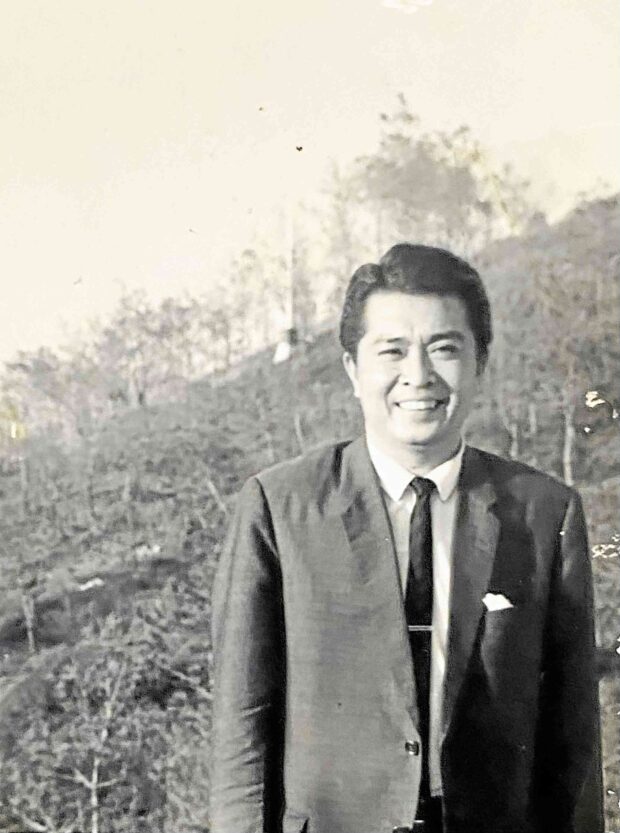
Marasigan and the CCSJ printed pamphlets, produced slide shows and commissioned a cartoonist to illustrate their advocacy. He made sure that the message was relayed to every household and marketplace.
Zaldy raised funds and helped his father campaign for two years. He recalled the battlecry, “Mas maganda ang daang bako-bako kaysa sa kalsadang sementado na mga bangkay ang dadaan (A rough road is better than a cemented road where corpses pass.)”
Marasigan compiled the votes and brought them to the Cultural Center of the Philippines, where President Ferdinand Marcos was set to deliver a speech. Although he was stopped by the president’s security, then Defense Secretary Juan Ponce Enrile recognized him and let him pass. He then gave the box of votes to Marcos.
Marcopper Mining plant had since moved its operations to Marinduque, where a mining disaster in 1996 grabbed headlines worldwide. A crack in the drainage tunnel of a pit for mine tailings discharged toxic waste, causing flash floods that displaced a community, killed fish and animals, damaged crops and left Boac River, its lifeline, unusable.
Serumgard and her father hope that San Juan’s story could be a lesson for mining companies and the government to conduct social climate surveys before undertaking their projects. —CONTRIBUTED



